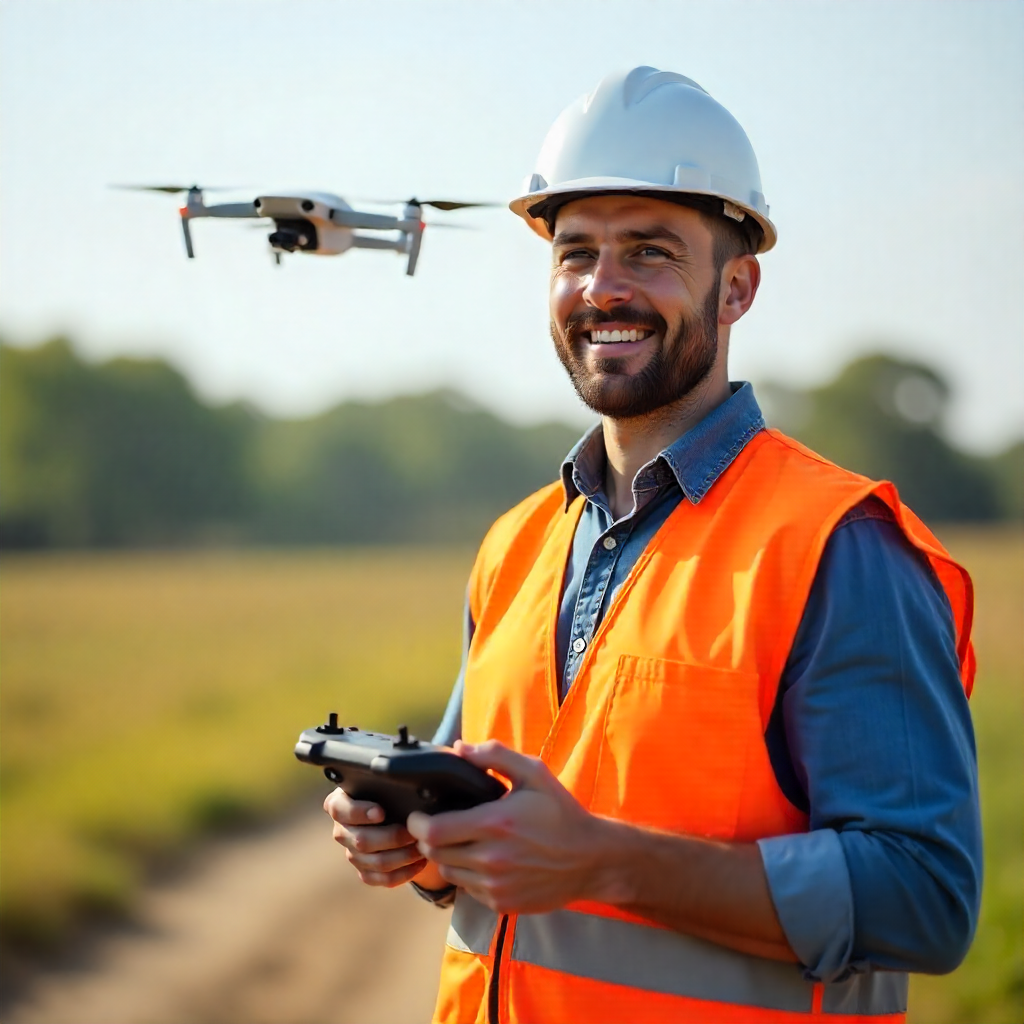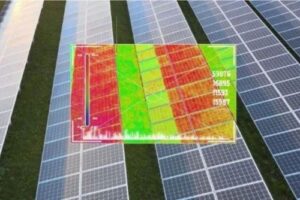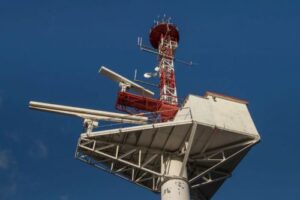Introduction
Solar energy is one of the fastest-growing renewable energy sources in the world. With the increasing demand for clean power, solar farms and rooftop installations are expanding rapidly. However, just like any other technology, solar panels need regular inspection and maintenance to ensure they operate at maximum efficiency. Traditionally, inspections were time-consuming, labor-intensive, and sometimes even risky. This is where solar aerial inspection using drones (UAVs) comes into play.
Drone-based solar inspections are transforming the renewable energy industry by making the process faster, safer, and more accurate. In this blog, we’ll explore what solar aerial inspection is, how it works, its benefits, tools involved, challenges, and why it is becoming essential for solar asset owners.
What is Solar Aerial Inspection?
Solar aerial inspection refers to the use of drones equipped with high-resolution cameras and thermal imaging sensors to monitor and analyze solar panels from the sky. Instead of physically checking each panel, drones fly over solar installations and capture data, which is then analyzed to detect issues such as:
-
Hotspots
-
Micro-cracks
-
Dirt or debris buildup
-
Electrical connection problems
-
Shading issues
This technology helps in identifying faults at an early stage, preventing power losses and costly repairs.
Why is Solar Aerial Inspection Important?
Solar panels are long-term investments, often expected to last 20–25 years. However, without proper inspection, efficiency can drop significantly. Some key reasons aerial inspections are important include:
-
Efficiency Maintenance: Helps ensure panels are producing maximum energy output.
-
Early Problem Detection: Issues like hotspots or loose connections can be caught before they worsen.
-
Cost Savings: Prevents expensive damage by identifying minor problems early.
-
Time Efficiency: Inspects thousands of panels in a matter of hours.
-
Safety: Reduces the need for manual climbing or working in extreme weather conditions.
How Does Solar Aerial Inspection Work?
a) Drone Deployment
Specialized drones equipped with thermal and RGB cameras are programmed to fly over solar farms or rooftops.
b) Data Capture
The drone captures both visual images and thermal data of the solar panels.
c) Data Analysis
Using AI-powered software, the collected data is analyzed to detect anomalies such as overheating, shading, or cracks.
d) Reporting
A detailed inspection report is generated, highlighting problem areas along with GPS coordinates for easy troubleshooting.
Benefits of Solar Aerial Inspection
a) Speed and Efficiency
Traditional manual inspection of a solar farm with thousands of panels can take days or even weeks. Drones reduce this to a few hours.
b) High Accuracy
Thermal imaging cameras detect temperature differences, making it easier to spot defective cells or hotspots invisible to the human eye.
c) Cost-Effective
Aerial inspection reduces labor costs and prevents unnecessary energy losses, making it a financially smart choice.
d) Safe and Non-Intrusive
Workers don’t have to climb on rooftops or handle live electrical systems, minimizing safety risks.
e) Scalable for Large Projects
Whether it’s a small rooftop installation or a massive solar farm, drones can handle inspections efficiently.
Tools and Technology Used in Solar Aerial Inspections
-
Drones/UAVs: Equipped with GPS and autonomous flight capabilities.
-
Thermal Imaging Cameras: Detect temperature anomalies in solar panels.
-
High-Resolution RGB Cameras: Capture detailed visual images.
-
AI-Powered Analysis Software: Processes the data and generates actionable reports.
-
Cloud Storage Systems: Store and share inspection data securely.
Common Issues Detected During Inspections
-
Hotspots: Caused by shading, dirt, or faulty cells.
-
Micro-Cracks: Small cracks in solar cells reducing performance.
-
Soiling: Accumulation of dust or debris blocking sunlight.
-
Wiring Faults: Loose or damaged electrical connections.
-
Degradation: Natural wear and tear of panels over time.
Challenges in Solar Aerial Inspection
Although highly effective, solar aerial inspections face some challenges:
-
Weather Dependency: Inspections are harder in rain, fog, or strong winds.
-
Initial Investment: Drones and thermal cameras require upfront investment.
-
Data Overload: Processing large amounts of thermal data needs powerful software.
-
Regulations: Some countries require special permits for commercial drone use.
Future of Solar Aerial Inspection
With advancements in AI and drone technology, the future of solar inspections looks promising. Upcoming trends include:
-
Fully Autonomous Drone Flights for routine inspections.
-
AI-Powered Predictive Maintenance, where algorithms predict issues before they occur.
-
Integration with IoT and Smart Grids, providing real-time monitoring and efficiency tracking.
Conclusion
Solar aerial inspection is no longer a luxury—it’s becoming a necessity for maintaining solar energy systems. With its speed, accuracy, and cost-saving advantages, drone-based inspection ensures that solar panels perform at their best throughout their lifespan.
Whether you are a solar farm operator, a rooftop solar owner, or an inspection service provider, investing in aerial inspection technology is a smart move for the future of renewable energy.
By adopting solar aerial inspections, you not only maximize energy efficiency but also contribute to the larger mission of a sustainable and greener planet.



